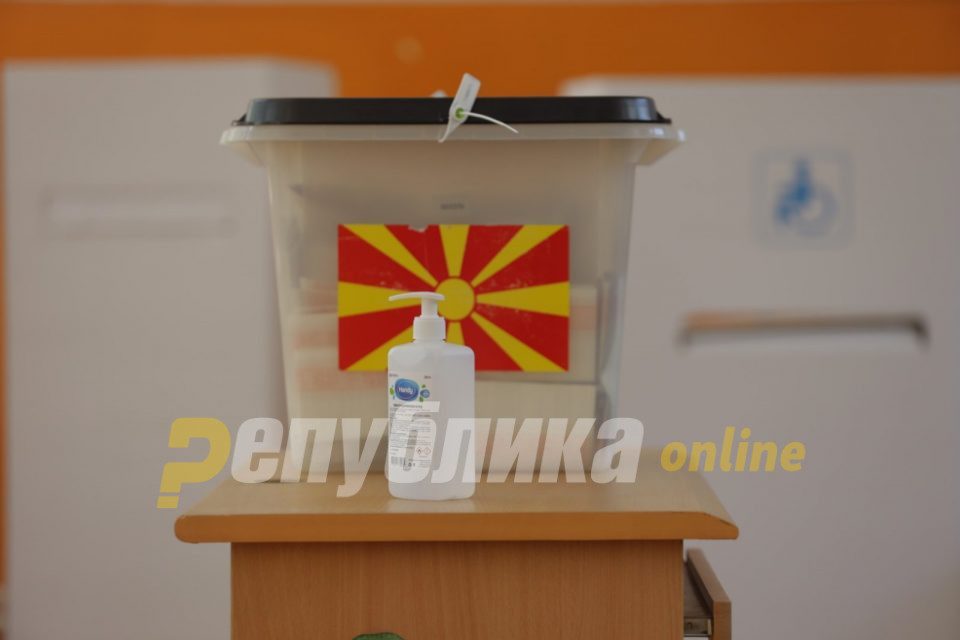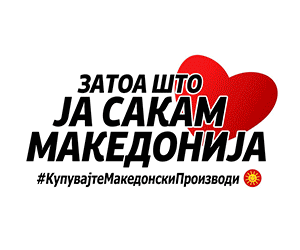Comparison of electoral turnout between the last general elections in 2016, and the 2020 early elections, shows a significant drop. During the 2016 elections, which were exceptionally high turnout due to the heated political crisis turnout at 17h was 60.38 percent. This time around, it’s just 38.78 percent.
But voters have two extra hours to vote today. Instead of the usual 12 hours (7h-19h), these elections take place over 14 hours (7h-21h), in order to reduce crowding and exposure to the coronavirus. This means that the turnout has likely surpassed 40 percent by 18h and could break over 50 percent by the end of the day. Lower turnout at the end would indicate that many voters are scared of the coronavirus, and are turned off from politics after years of non-stop crisis and tensions.
Turnout is dismal in the majority ethnic Albanian north-western district (the 6th district) and other areas that also have significant Albanian communities have notably lower turnout. By 17h, turnout in the 6th district was still below 30 percent (29.6 percent). This compared to 43.87 and 43.99 percent in the 3rd and the 4th district, which traditionally have the highest turnout – or more specifically – the best aligned voter rolls. The high emigration rate and numerous dual citizens in the 6th district leads to a situation where many citizens remain registered, but in reality live in Western Europe or even Kosovo. Some of these voters show up and support their favorite parties, but this year the coronavirus has restricted movement. It came to Macedonian majority areas in the 6th district, such as parts of Tetovo or the village of Jegunovce to prop up the turnout.
The 2nd and the 5th district, which also have sizable Albanian communities, have also lower turnout numbers than the overwhelmingly Macedonian east. Turnout in the 2nd district, covering working class parts of Skopje, Kumanovo and a number of large Albanian villages, was 36.98 percent at 17h. The fifth district, that covers Bitola, Ohrid, Struga and the emigrant heavy areas around Struga, had a 38.33 percent turnout rate.
And finally, the urban 1st district in Skopje, which came out in large numbers in support of the left in 2016 but has since largely tuned out politically, has a high turnout of 41.07 percent – almost comparable to the east. Karpos, Centar and Aerodrom, the middle class, public administration heavy downtown parts of Skopje, had high turnouts with 43-44 percent, as did the working class Kisela Voda (42.23 percent), while the largely Albanian Cair and Studenicani in the 1st district were between 32 and 34.5 percent. The rural parts of the 1st district outpaced the downtown, though, with Makedonski Brod voting at 55.6 percent and Sopiste at 44 percent.
Small cities and villages have traditionally high turnout rates. The rural municipality of Novaci near Bitola had a 60 percent turnout, and Kriva Palanka had a rate of 58.7 percent, leading the nation, followed by Krusevo, Berovo, Lozovo and Makedonska Kamenica – all of them the rural east.




Comments are closed for this post.